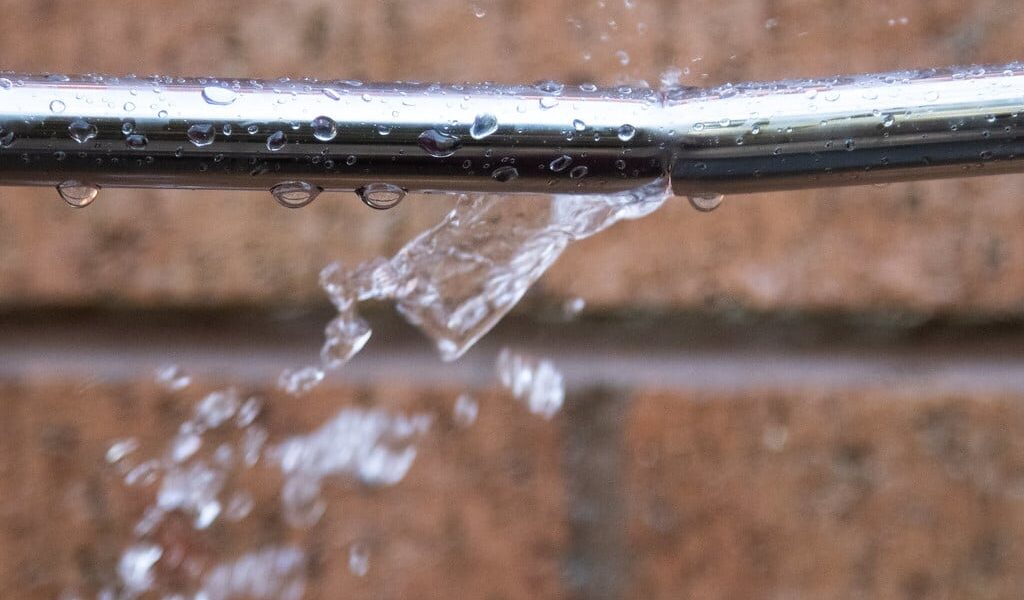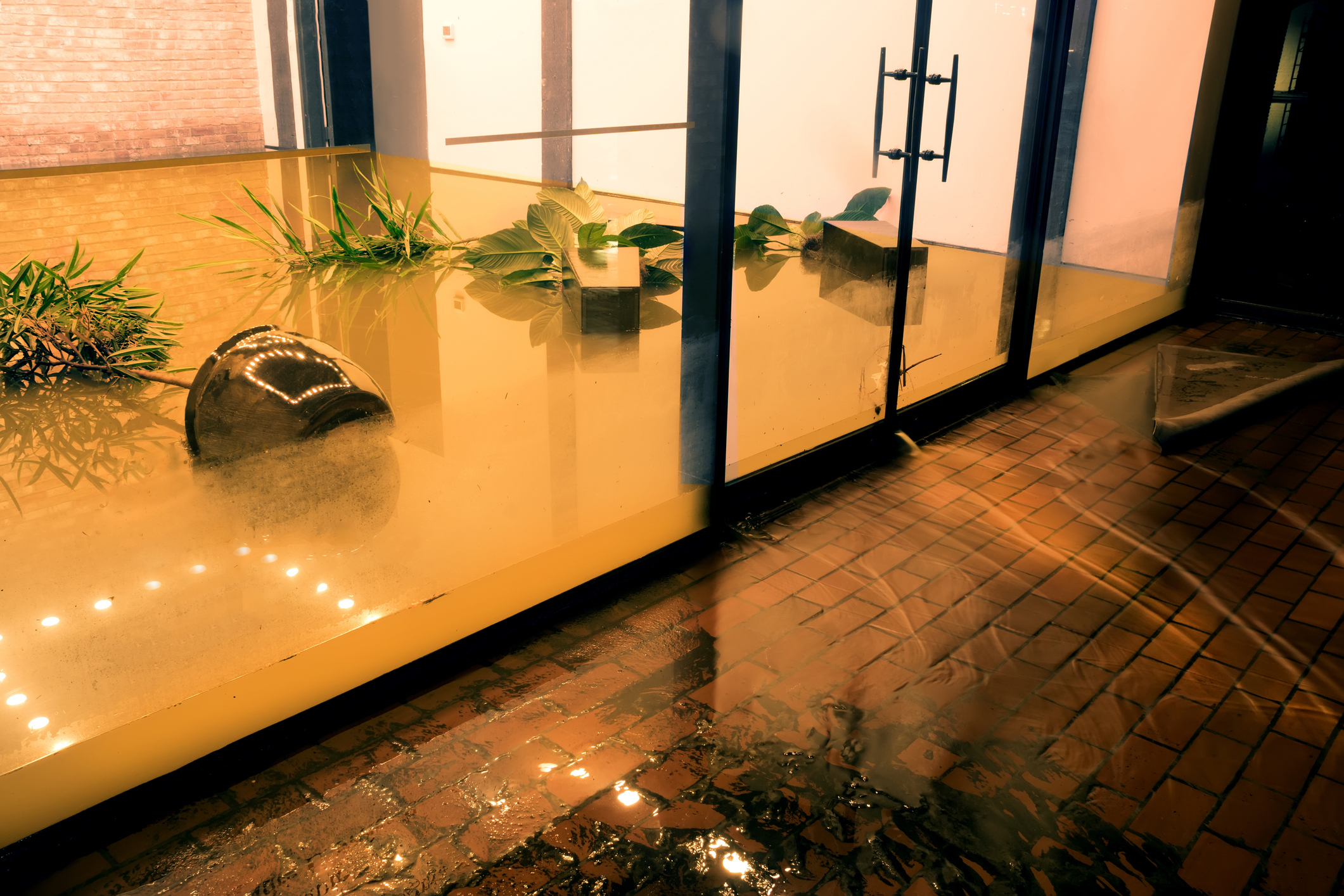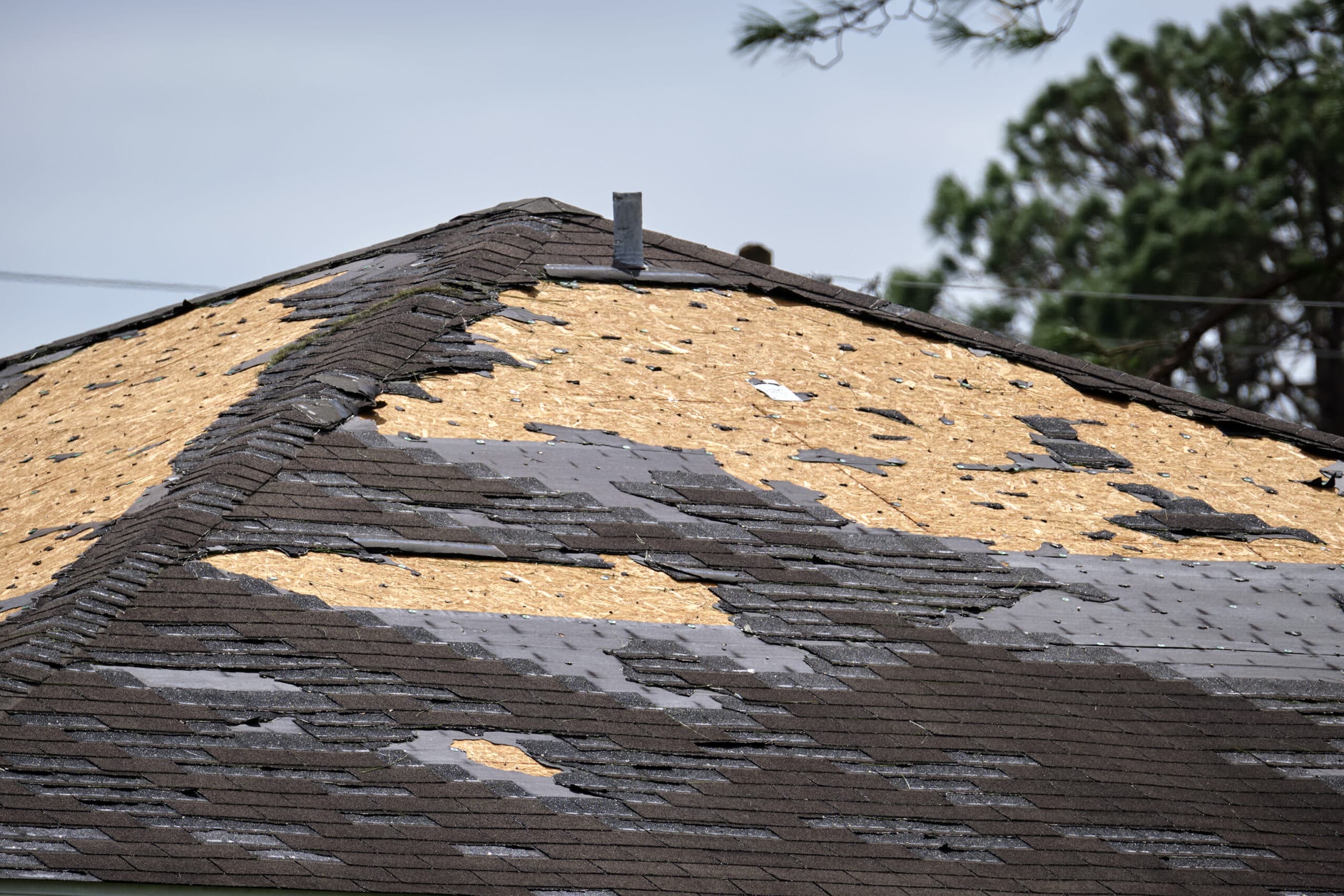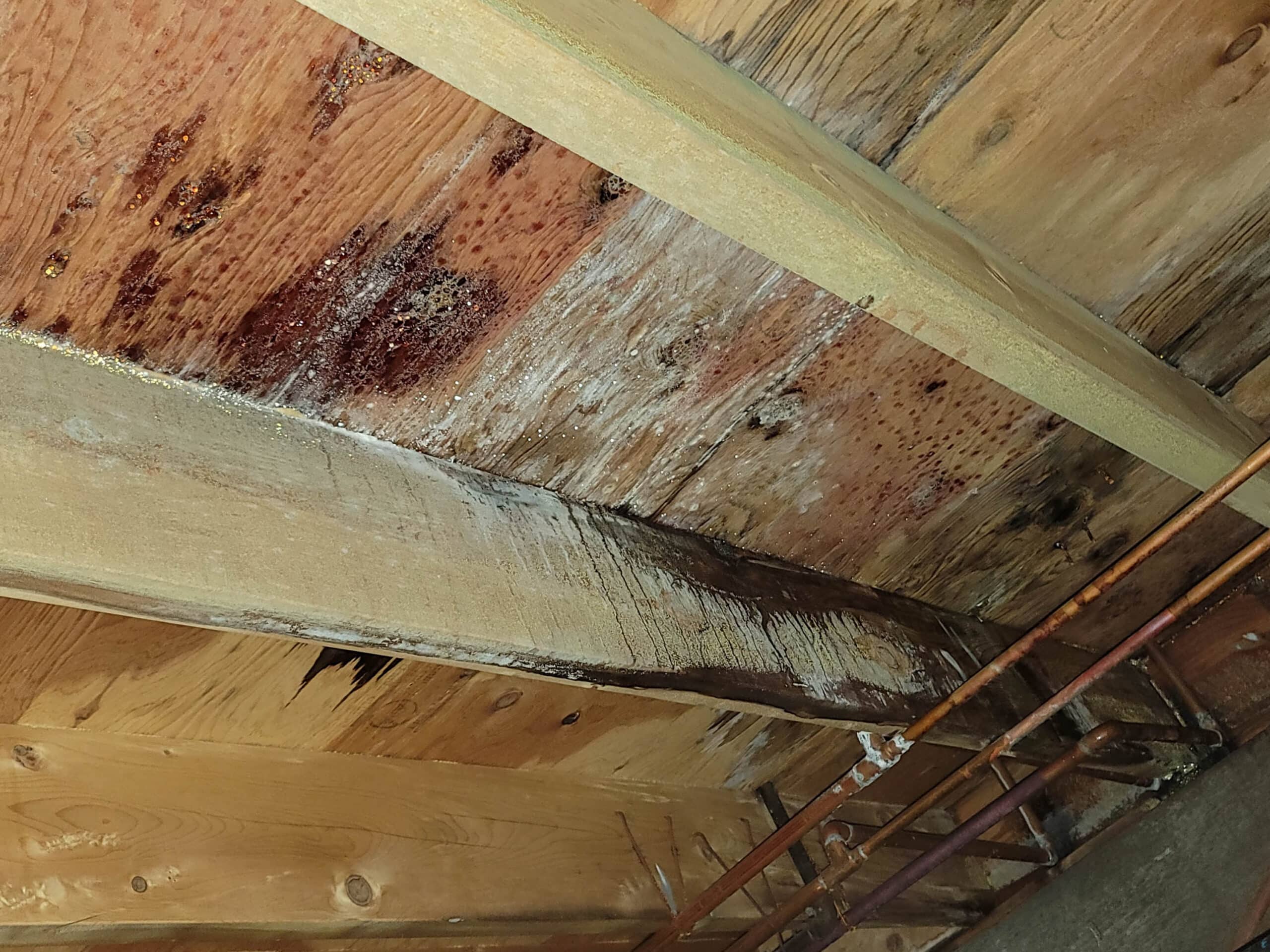A burst pipe can lead to significant water damage, substantial repair costs, and a lot of inconvenience. Understanding the causes, recognizing the signs, and knowing the appropriate actions to take reduce the impact of this common plumbing issue.
Recognizing a Burst Pipe
Firstly, you need to know what to look for. Some common indicators of a burst pipe include: 
- Water Pressure Issues: A sudden drop in water pressure is a sign of a burst pipe. If water flow from faucets is weaker than usual, this could suggest a significant leak somewhere in the plumbing system.
- Water Stains and Wet Spots: Unexplained water stains on walls, ceilings, or floors signal a burst pipe. Look for damp patches, discolored areas, or bubbling paint or wallpaper.
- Unusual Noises: Banging, clanking, or gurgling noises in the plumbing system indicate a burst pipe. These sounds often result from air being forced through the pipes by escaping water.
- Unpleasant Odors: A burst sewer pipe may release foul odors into your home. If you notice a persistent bad smell, especially near drains or in the basement, it may be due to a ruptured pipe.
- High Water Bills: An unexpected spike in your water bill can indicate a hidden leak. If your water usage hasn’t changed but your bill has increased, a burst pipe could be the cause.
Immediate Actions for a Burst Pipe
Once you recognize a burst pipe, immediate action is crucial. Follow these tips as soon as you notice an issue to mitigate water damage:
- Turn Off the Water Supply: The first and most crucial step is to shut off the main water supply to prevent further water from entering the damaged pipe and causing more flooding.
- Drain the System: Open all faucets and flush toilets to drain the remaining water in the pipes. This reduces pressure and minimizes further leakage.
- Turn Off the Electricity: Water and electricity are a dangerous combination. Turn off the electrical supply to areas affected by water to prevent electrical hazards.
- Locate the Burst Pipe: Try to identify the source of the leak. This can help in providing accurate information to a plumber and in taking appropriate temporary measures to control the damage.
- Temporary Fixes: Use pipe repair clamps, rubber sheets, or even tape to temporarily seal the burst pipe. This won’t solve the problem, but it helps control the leak until professional help arrives.
Long-Term Solutions
While fast action is required to stop the problem quickly, you should seek long-term solutions to avoid future problems.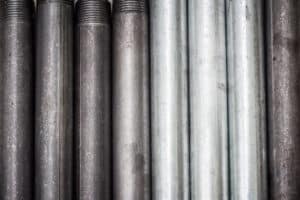
- Call a Professional: Fixing a burst pipe is a task best left to professionals. Contact a licensed plumber to assess and repair the damage properly. They have the expertise and tools to handle the situation effectively.
- Replace Damaged Sections: In many cases, the damaged section of the pipe will need to be replaced. This can involve cutting out the burst section and soldering in a new piece.
- Prevent Future Bursts: Insulate exposed pipes to protect them from freezing temperatures. During cold weather, allow faucets to drip to prevent pressure build-up. Regular maintenance and inspection of plumbing systems can also help prevent bursts.
Insurance and Documentation
Depending on the cause of the burst pipe, your homeowners insurance may cover the repair costs. Take photos and videos of the affected areas and any damaged property. This documentation is crucial for filing a claim.
Notify your insurance provider immediately. Many policies cover water damage from burst pipes, and prompt reporting helps expedite the claims process.
Avoid Water Damage Today!
A burst pipe is a serious issue that requires immediate attention to minimize water damage and cost. Recognizing the signs early and knowing the right steps to take can save you time, money, and stress. Regular maintenance and preventive measures significantly reduce the risk of pipe bursts, ensuring a safer and more secure home.
If you incur water damage from a burst pipe, or if you suspect your pipes are leaking, contact 24 Hour Flood Pros. Their experts are on hand 24/7 to help you with your plumbing and water damage restoration needs.

